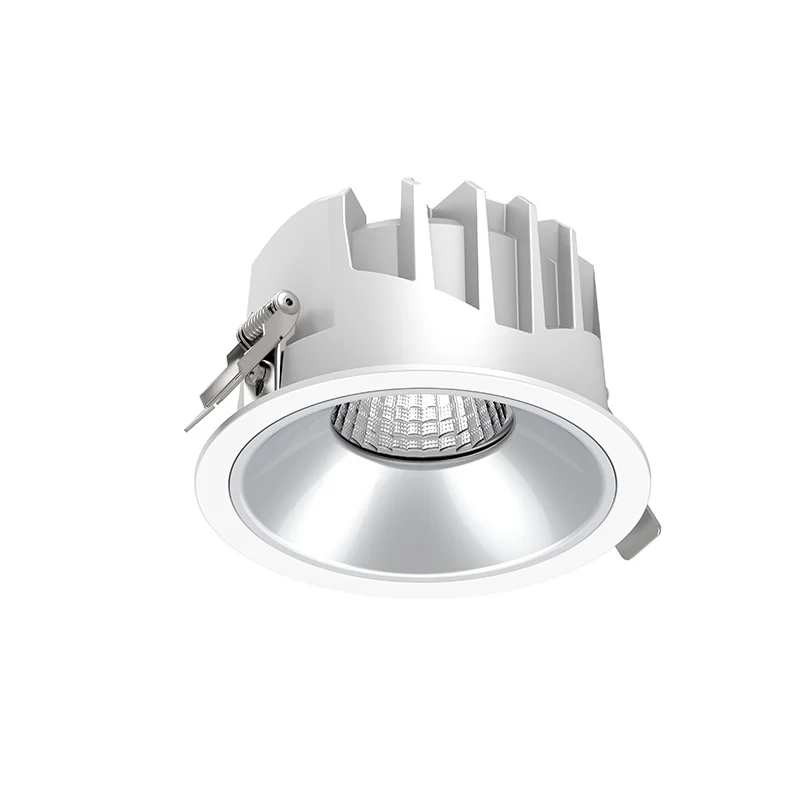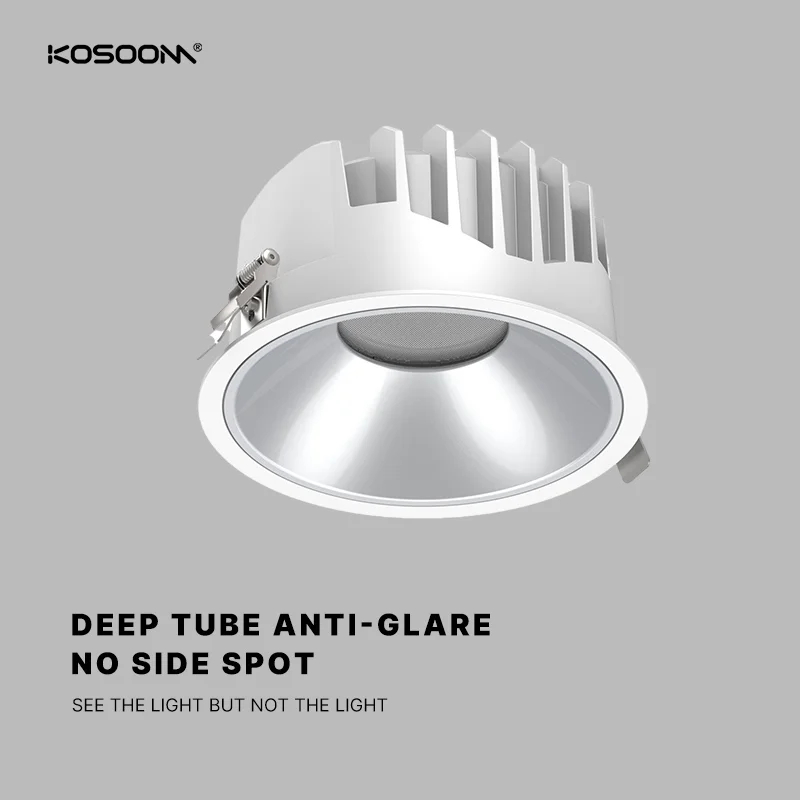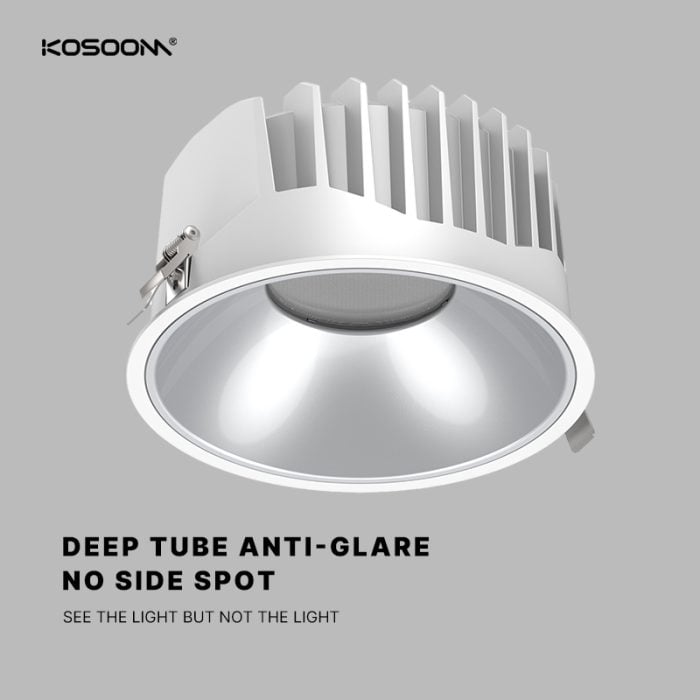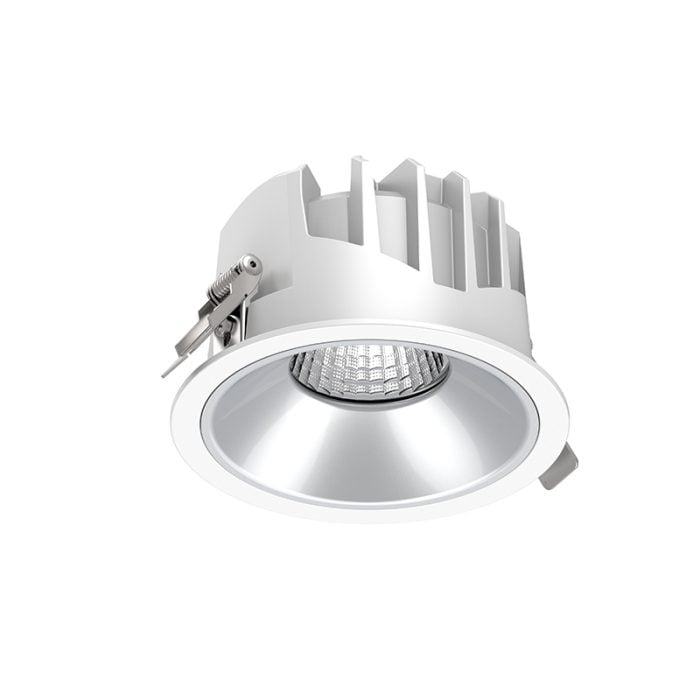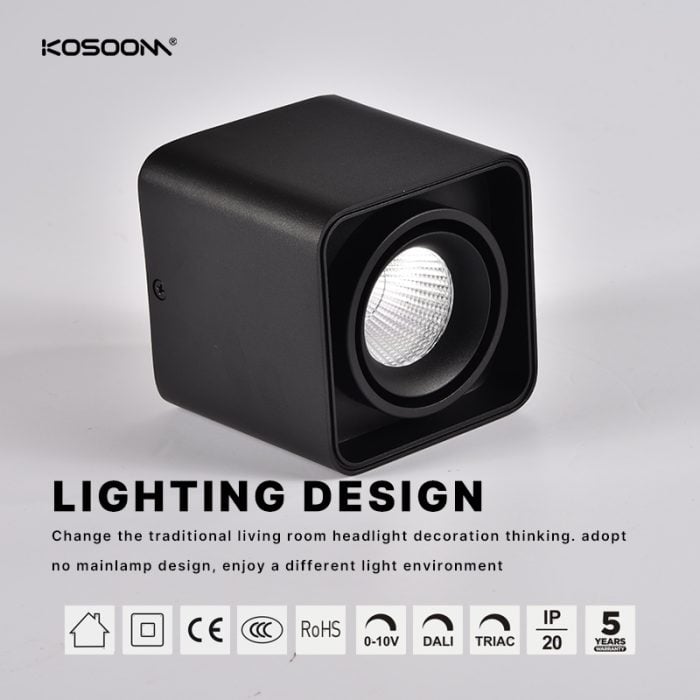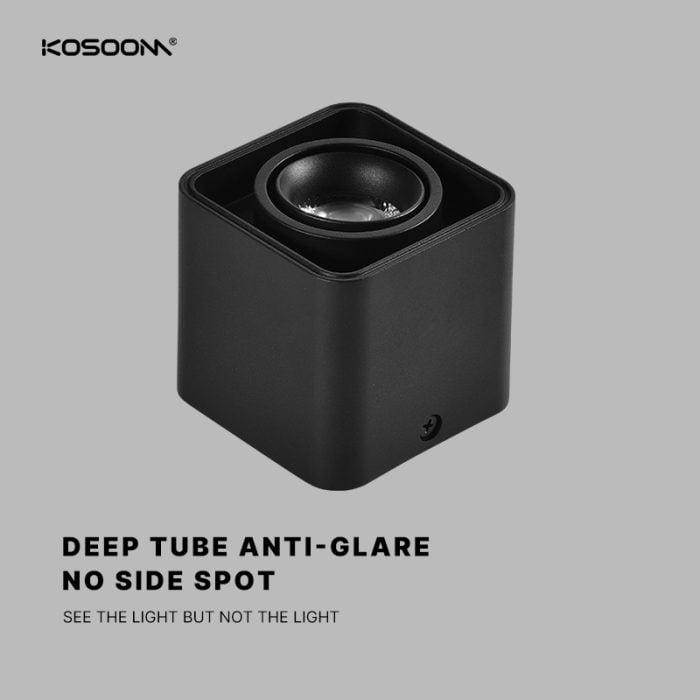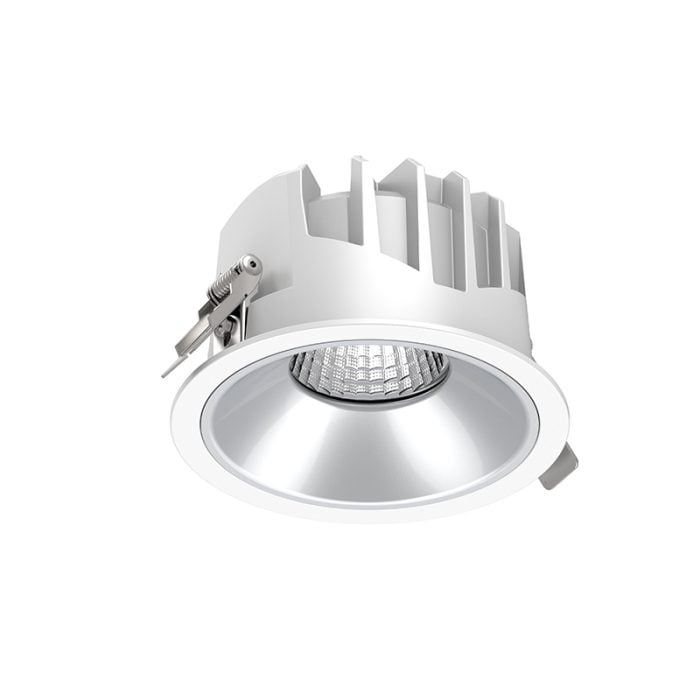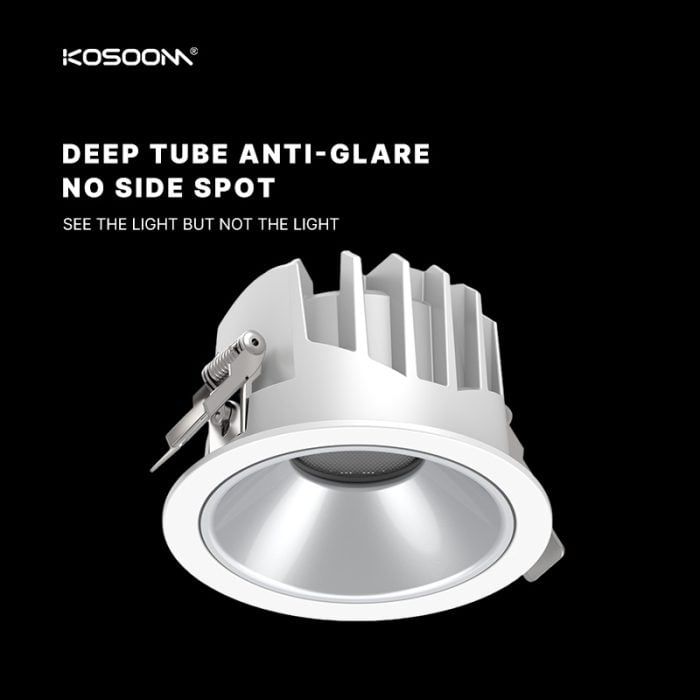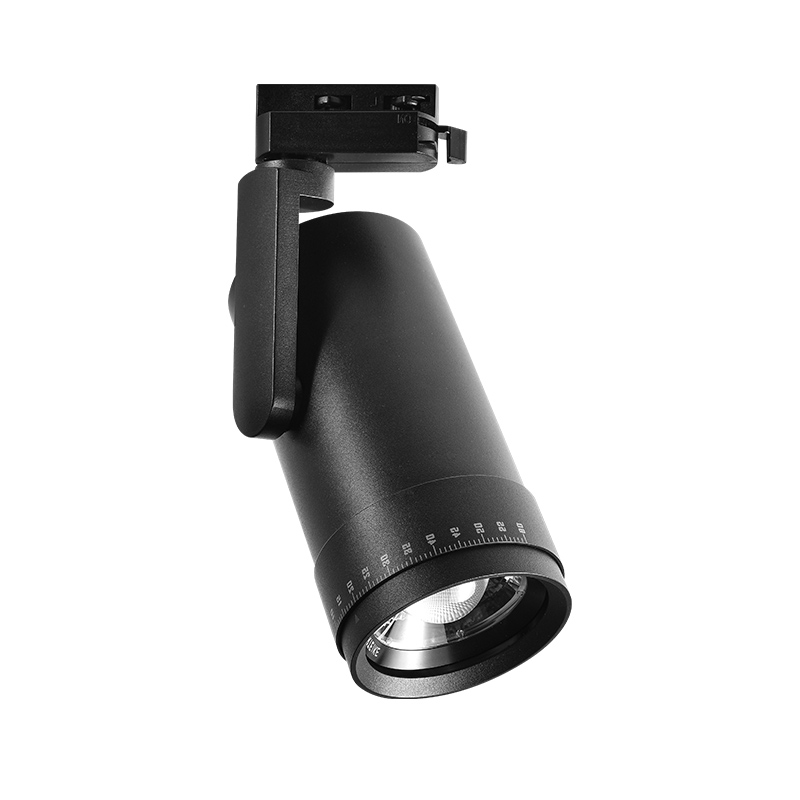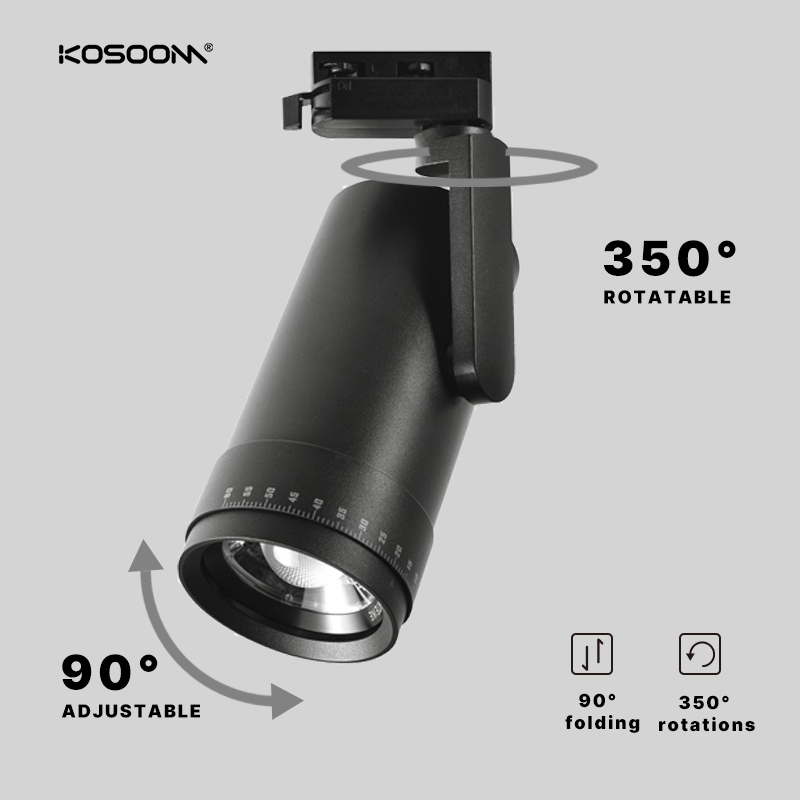Electricians and lighting professionals can Benefit from volume discounts of up to 20%
Stable supply, all products are shipped directly from Italy and each product comes with 3 to 5 year warranty with the price only up to 1/2 of the market.
Recessed Lighting Calculator
Hey there! Are you thinking about installing recessed lights at home? It’s super important to take some time to figure out the perfect spots for them. You know, if you just wing it and don’t think about how many lights you need or where to place them, you might end up with a room that’s lit all wonky. It’ll look a bit off, you know?
And believe me, the spacing between the lights? It’s more noticeable than you might think. Imagine walking into a room and the first thing you notice is that the lights just aren’t right. It can be pretty annoying. I get it, though. Working out a lighting plan can be a bit of a headache, especially if numbers aren’t your thing or you’re strapped for time. That’s exactly why I came up with this handy recessed light calculator. It’s a breeze to use and should help you out a ton!
The Purpose of a Recessed Lighting Calculator
Have you ever wondered how to figure out the perfect placement for your recessed lights? It’s actually quite simple and doesn’t require you to be a math whiz.
First things first, you’ve got to decide what you want these lights to do. Are you looking to brighten up a whole room, spotlight a beautiful piece of art, or maybe focus on a cozy reading nook? Each purpose – general lighting, wall washing, accent or task lighting, and specialty lighting – has its own approach.
Next, consider the size of your lights. They usually range from 3 to 6 inches in diameter, but the right size for you depends on the room. Smaller lights work better in tiny spaces to keep the focus on the lighting effect rather than the fixture itself.
Now, let’s talk about positioning. Measure your room’s ceiling height, length, and width, and sketch out a plan. It’s a good idea to start from a focal point, like a chandelier or a fireplace, and then plot out where each recessed light should go. This step really helps you visualize the end result.
The formula for your layout involves a few key details: the square footage of your room, the wattage you’re aiming for, the total number of lights, their spacing, and their placement. For instance, you might decide on two rows of three lights each. A handy tip is to divide the ceiling height by two to get the ideal spacing between lights. So, if you have an 8-foot ceiling, you’d place the lights about 4 feet apart.
Remember, lighting is not just about placement but also about avoiding unwanted shadows, especially in places like kitchens. For instance, angle the lights toward the end of a counter or maintain a 14-18 inch gap between lights and cabinets to get the best effect.
Once you’ve got all this figured out, you’re all set to shop for the right lights. There are many options, so use filters to narrow down your choices, whether it’s the finish, features, or something else.
So, there you go! A little bit of planning, some simple measurements, and you’re well on your way to installing the perfect recessed lighting. No complicated math, just a bit of creativity and foresight. Happy lighting!
How to Use this Calculator
So, you’re curious about how to use a lighting layout calculator? Great, it’s pretty straightforward and super helpful for getting the perfect lighting setup in your room. Let me walk you through it.
- Starting Off with Room Dimensions: First off, you need to measure your room’s dimensions – that’s the length and width. Don’t worry about the units; whether it’s feet, meters, or millimeters, the calculator can handle it. It’s designed to work with whatever you’re comfortable with. This step is crucial because the size of your room significantly impacts the lighting layout. You want to make sure your space is well-lit, right?
- Choosing Rows and Columns: Next, think about how many rows and columns of lights you’ll need. If you’re not sure yet, that’s totally okay. The calculator is there to experiment with different layouts. Just remember, it’s important to have a balanced look. So, if your room is square, avoid having too many rows or columns that make the lights look unevenly spaced. It’s all about getting that symmetrical, pleasing aesthetic.
- Calculating the Layout: Once you’ve decided on the measurements and the number of rows and columns, it’s time to hit the ‘Calculate’ button. The calculator will do its magic and suggest the optimal spacing between each light. If something seems off, feel free to tweak the numbers and try again. The goal is to get a layout that you’re happy with.
- Marking Your Ceiling: Now, using the calculator’s output, you’ll mark on your ceiling where each light should go. Start from one corner and work your way across the room. Remember to measure accurately! You might need a stepladder, especially for high ceilings. And here’s a pro tip: measure twice to ensure perfect spacing. You don’t want lights too close or too far apart.
Additional Tips for the Perfect Lighting Layout:
- Consider the Ceiling Height: A general rule is to divide your ceiling height by two to determine the space between each light. For example, if your ceiling is 8 feet high, you’d aim for about 4 feet between lights.
- Functionality is Key: Think about what you want to achieve with your lighting. Whether it’s ambient, task, or accent lighting, each type serves a different purpose and will influence your layout.
- Start from a Focal Point: When planning the placement of your lights, start from a focal point in the room, like a chandelier or fireplace, and then work outwards. This approach helps in creating a cohesive and functional lighting design.
So there you go, a simple yet effective way to plan your room’s lighting. It’s all about getting those measurements right, choosing a balanced layout, and considering the function of each light. With a bit of planning and some help from your calculator, you’ll have a beautifully lit room in no time!
Limitations Of A Light Spacing Calculator
So, you’re curious about the quirks of using a light spacing calculator for recessed lighting, right? It’s like having a smart tool in your DIY arsenal, but even the smartest tools have their limits. Let’s chat about what to watch out for.
- Room Function: The calculator doesn’t know what your room is for. A cozy living room vs. a bustling kitchen? Huge difference! Your living room might need softer lighting to chill out, while your kitchen might need brighter lights for all that slicing and dicing.
- Ceiling Height: This is a biggie. Got high ceilings? You might need stronger lights. Low ceilings? Go for shallower fixtures to avoid that annoying glare.
- Natural Light: Big windows or skylights? They can change the game. A sunny room might not need as many lights.
- Too Many Lights: More isn’t always merrier. Overdoing it can make your room look like a landing strip rather than a cozy nook.
- Color Temperature: This is all about vibes. Warm, cool, neutral – the color temperature of your lights sets the mood of your room. Choose wisely!
- Obstacles in the Room: If you’ve got cabinets or furniture, they can cast shadows or block light. Plan around them, not just the walls.
- Custom Styles: The calculator gives you a general idea, but if you’re after something special, like a spotlight on your favorite painting, you’ll need to tweak things yourself.
These points cover the basics, but there’s more to it. For instance, it’s important to balance ambient, task, and accent lighting. Too much ambient lighting can leave your room feeling like an interrogation room, while not enough can make it cave-like. Task lighting is crucial for things like reading or cooking, and accent lighting adds that extra touch of drama or focus.
Choosing the right fixtures is another key aspect. The wrong ones can make your space feel off. Consider the wattage, color, and size. And don’t forget about positioning – the height and location of fixtures can make or break the lighting in a room.
Specific rooms have specific needs, too. In the kitchen, you need bright lights for cooking, but not so bright that they cast shadows. Bedrooms should be a sanctuary, with lighting that’s soft and doesn’t glare, especially in small spaces like closets. Bathrooms need good lighting for grooming, but watch out for harsh shadows and make sure the lights are water-rated.
For open floor plans, avoid uniform lighting. Mix it up to avoid a sterile feel. And if you’ve got dark walls, you’ll need to work harder to brighten the space. Lastly, don’t underestimate the power of dimmers. They give you control over the atmosphere and can be energy efficient, especially with incandescent lights.
In a nutshell, while light spacing calculators are handy, they’re just the starting point. Your room’s function, ceiling height, natural light, and even color temperature play vital roles. It’s like being a lighting detective – a bit of sleuthing, and you’ll have the perfect lighting setup!
Final Word
I wanted to let you know that I’ve put a lot of effort into making my calculator super user-friendly. It’s got this straightforward formula that pretty much does the hard thinking for you. This way, you can focus more on the fun part – wiring up your recessed lighting and making sure everything’s working just right.
- Recessed LED Downlight
- Recessed Linear Light
- Recessed track light

Professionals
Kosoom aids professionals in the LED lighting industry by offering tailored analytics and data management tools. It enables efficient comparison of LED products, focusing on performance and cost-efficiency. Additionally, Kosoom provides market trend insights and updates on technological advancements, helping clients make informed decisions and optimize their investments in LED lighting solutions, ensuring both energy efficiency and long-term cost savings.

Electricians
Kosoom assists electricians in the LED lighting field by providing streamlined data management and analytical tools. It simplifies the selection and comparison of LED products based on performance and cost, aiding in efficient decision-making. Kosoom also keeps electricians up-to-date with market trends and technological advancements in LED technology, helping them offer the most effective and innovative solutions to their customers, thereby enhancing service quality and business growth.

Gilbert
I'm Gilbert, your LED light expert from England. Passionate about illumination technology, I specialize in LED insights, particularly for UK audiences. Collaborating with Kosoom, I'm here to simplify the complexities of LED lights. My articles will cover everything from LED evolution to color temperatures, tailored for homes, workplaces, and public spaces. For any LED-related queries, feel free to email us at [email protected]. Stay tuned for enlightening content that bridges technical jargon with approachable understanding, enhancing your knowledge of the art and science of lighting.


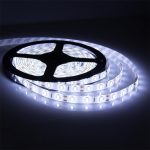 White LED Strip Lights
White LED Strip Lights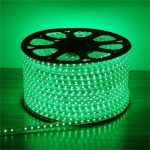 Green LED Strip Lights
Green LED Strip Lights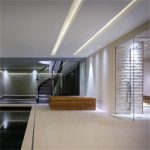 Ceiling LED Strip Lights
Ceiling LED Strip Lights Cuttable LED Light Strips
Cuttable LED Light Strips Garage LED Lighting Strips
Garage LED Lighting Strips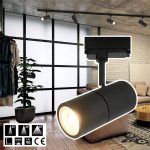 Modern Track Lighting
Modern Track Lighting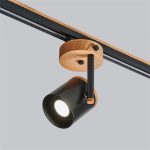 Ceiling Track Lighting
Ceiling Track Lighting LED Linear Track Lighting
LED Linear Track Lighting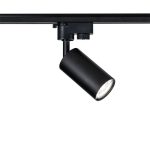 Black Track Lighting
Black Track Lighting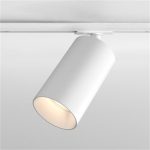 White Track Lighting
White Track Lighting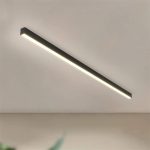 Linear Ceiling Light
Linear Ceiling Light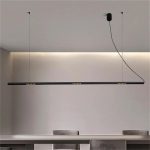 Modern Linear Lighting
Modern Linear Lighting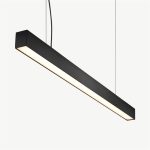 Black Linear Lighting
Black Linear Lighting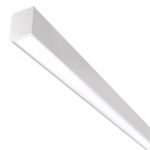 White Linear Lighting
White Linear Lighting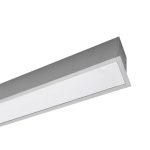 Recessed Linear Light
Recessed Linear Light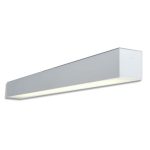 Surface Mounted LED Linear Lights
Surface Mounted LED Linear Lights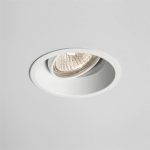 Recessed Spotlights
Recessed Spotlights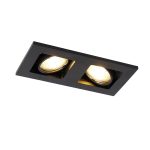 Black Spotlight
Black Spotlight White Spotlights
White Spotlights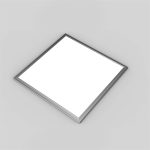 LED Panel Light 600×600
LED Panel Light 600×600 Kitchen Downlighting
Kitchen Downlighting Commercial Downlights
Commercial Downlights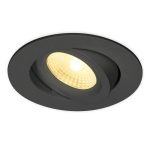 Black Downlights
Black Downlights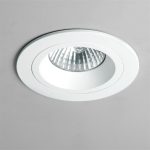 White Downlights
White Downlights